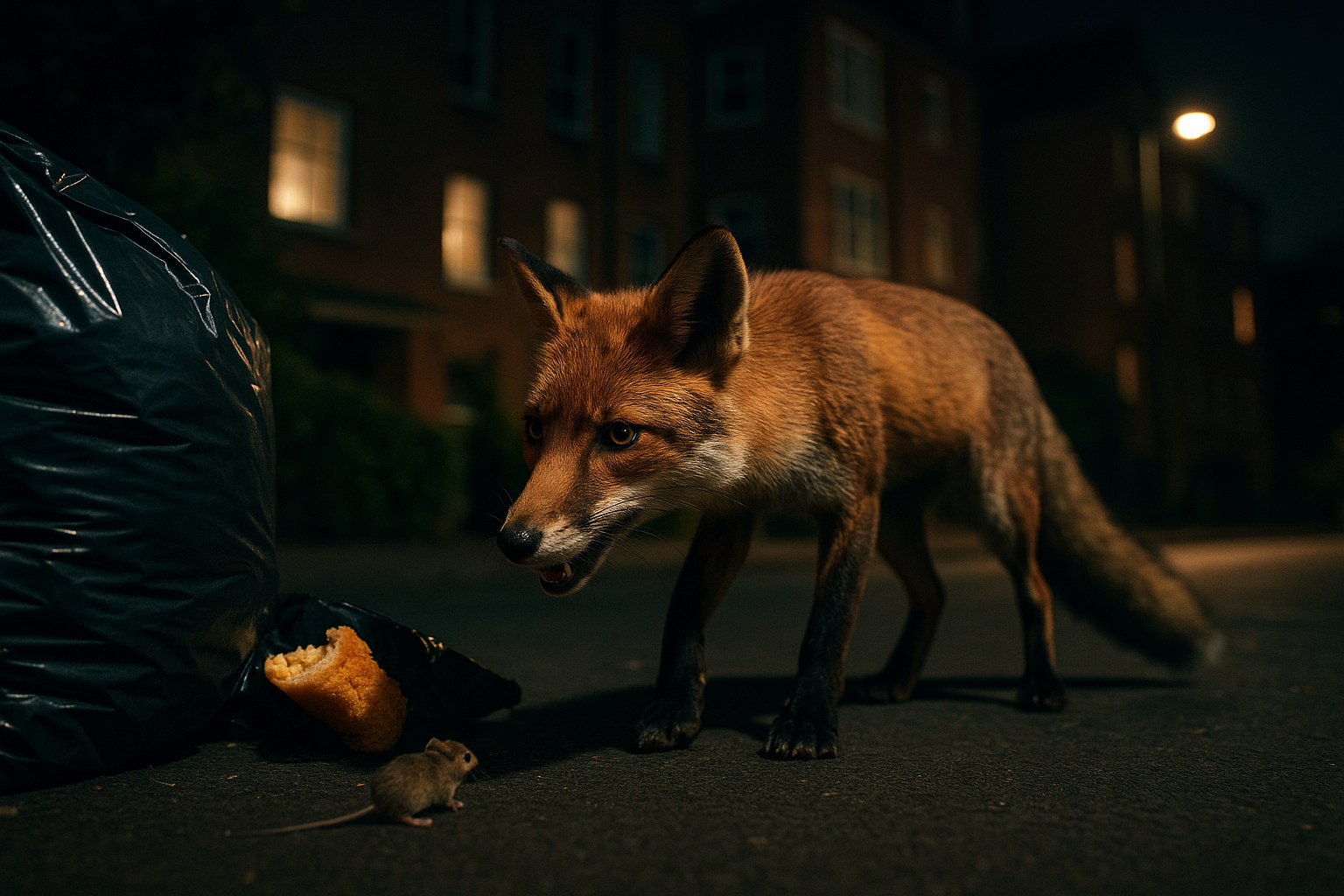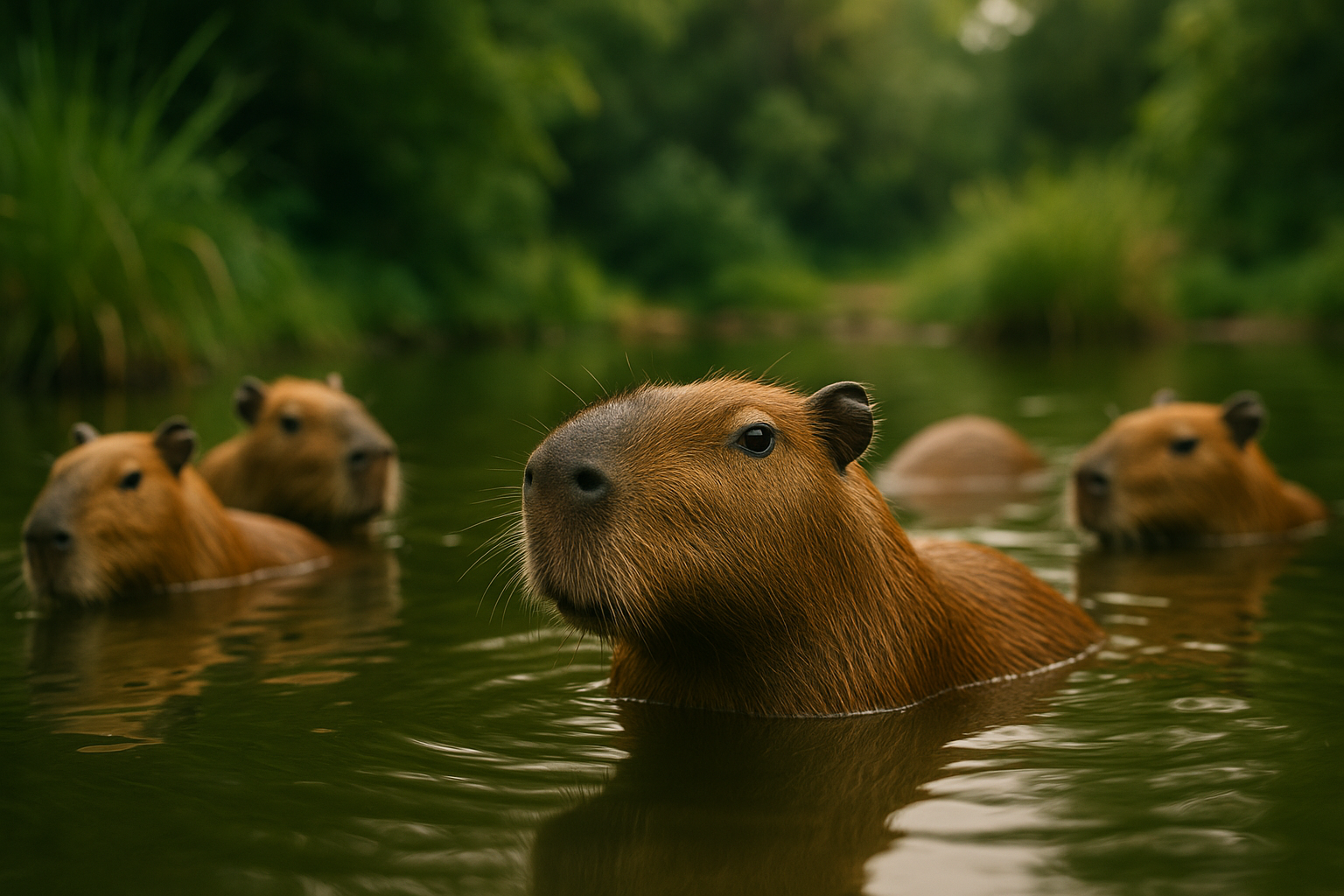Unveiling the Secret Lives of Urban Foxes
Introduction: Urban foxes have always been fascinating creatures, often seen as city dwellers' mysterious and elusive neighbours. This article delves into the world of these urban adaptors, shedding light on their daily lives, the challenges they face, and their remarkable adaptability.

The Urban Fox: A History
The history of urban foxes can be traced back to the 1930s when the red fox (Vulpes vulpes) started to colonize British cities. After the Second World War, suburban development increased, providing the foxes with suitable habitats and ample food sources. Today, these animals have successfully colonized urban areas across Europe, North America, and Australia, proving their incredible ability to adapt.
The Daily Life of an Urban Fox
Unlike their rural counterparts, urban foxes have developed a nocturnal lifestyle to avoid human activity. They are opportunistic feeders, dining on a wide range of food, from rodents and birds to fruits, vegetables, and even our leftovers. Surprisingly, urban foxes have smaller territories than rural foxes, as resources in cities are plentiful and less spread out.
The Challenges Urban Foxes Face
Urban life isn’t without its challenges for foxes. They face numerous threats, including road accidents, poisoning, and diseases such as mange and canine distemper. Moreover, conflict with humans is a significant issue, as not everyone appreciates their presence.
Urban Foxes: A Market Perspective
Although it is difficult to quantify the economic impact of urban foxes, they do influence various sectors. For instance, they may indirectly affect the pest control market by helping to keep rodent populations in check. On the downside, they can cause damage to properties, leading to increased costs for homeowners and insurance companies.
A Balance of Coexistence
The presence of foxes in urban areas is a testament to the resilience and adaptability of wildlife. It’s crucial to find a balance, allowing us to coexist with these creatures. Education about urban wildlife and implementing humane conflict resolution methods can go a long way in achieving this balance.
In conclusion, urban foxes are fascinating animals that have adapted well to city life. While they do pose challenges, understanding their behavior and ecology can help us appreciate their role in our urban ecosystems, leading to a healthier relationship between humans and these resilient city dwellers.



